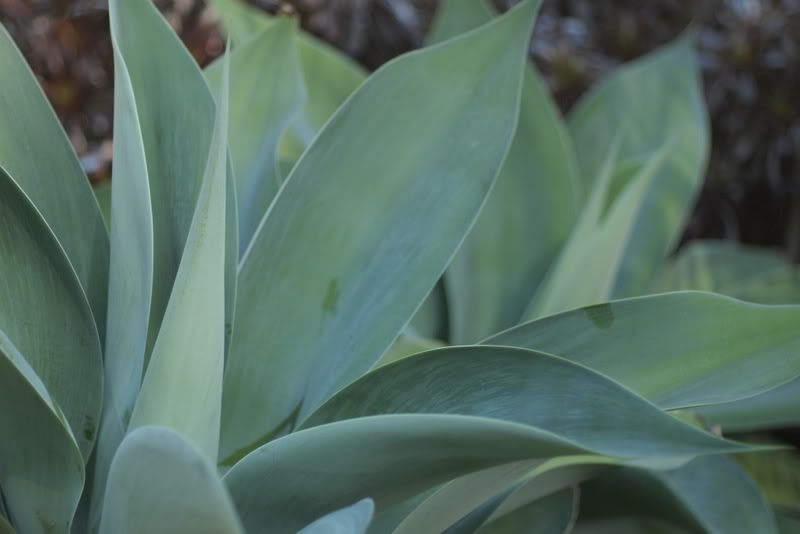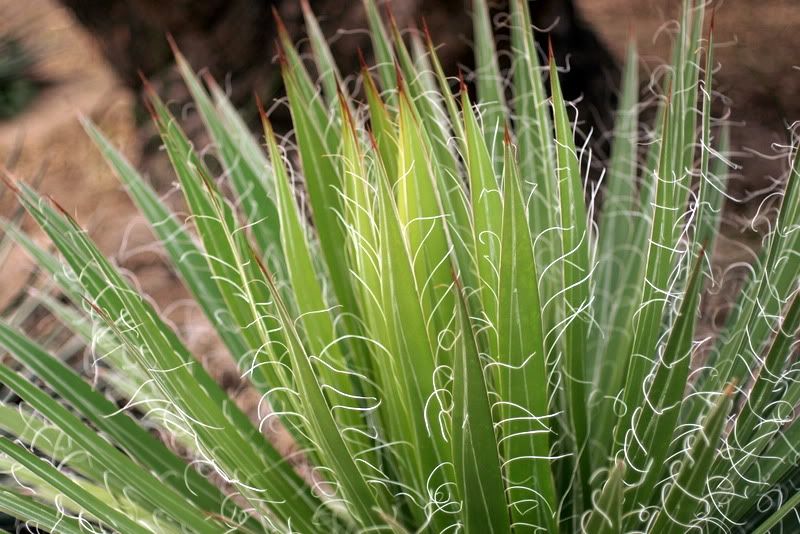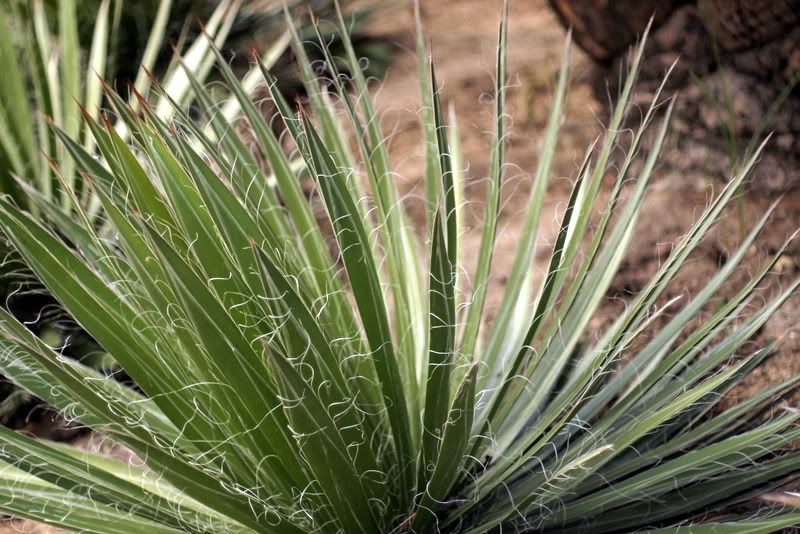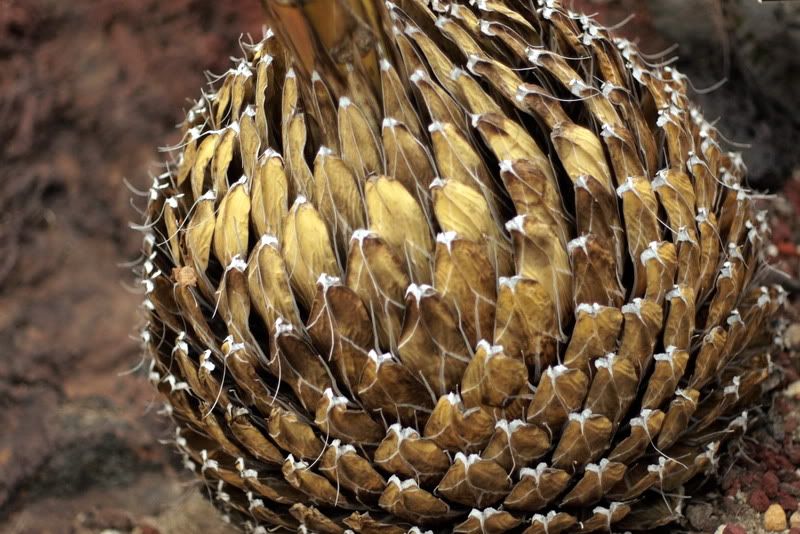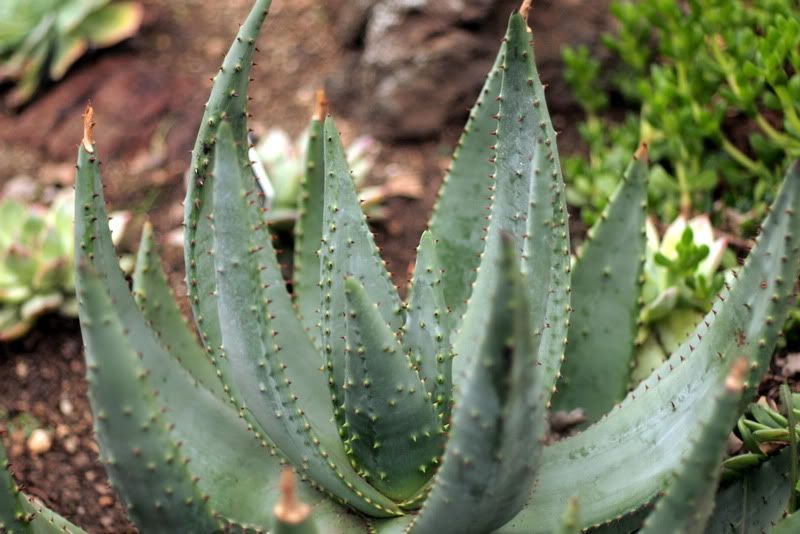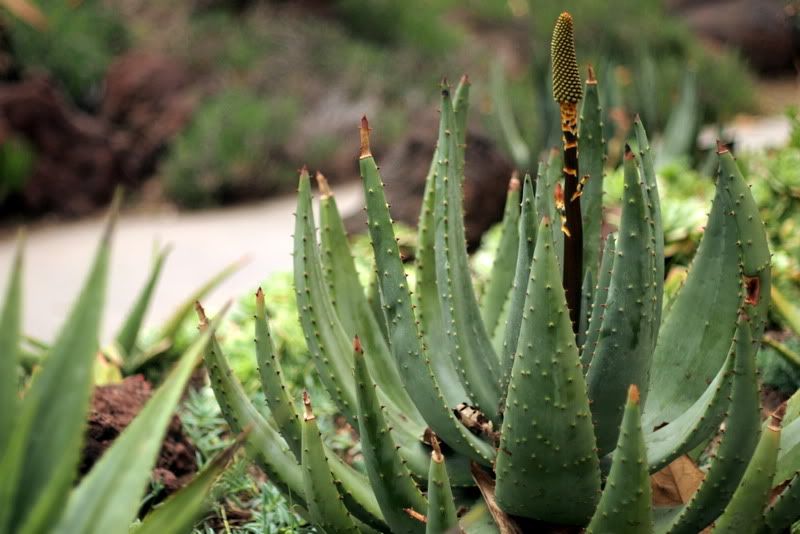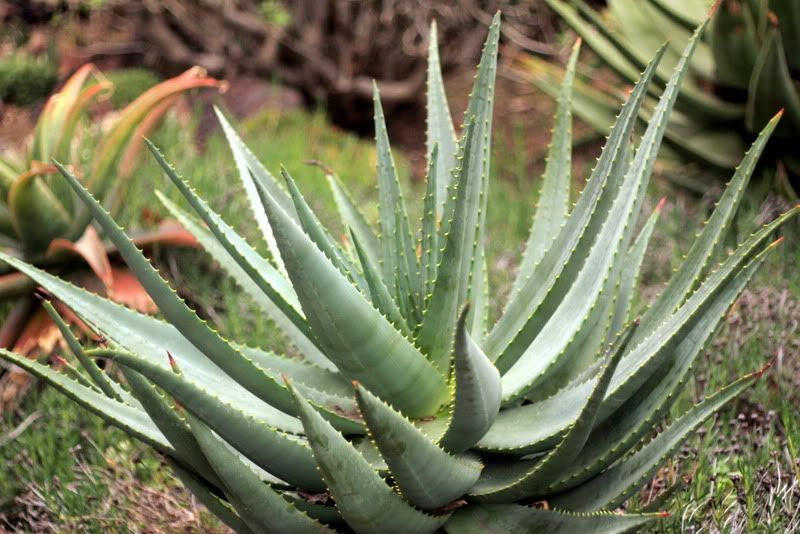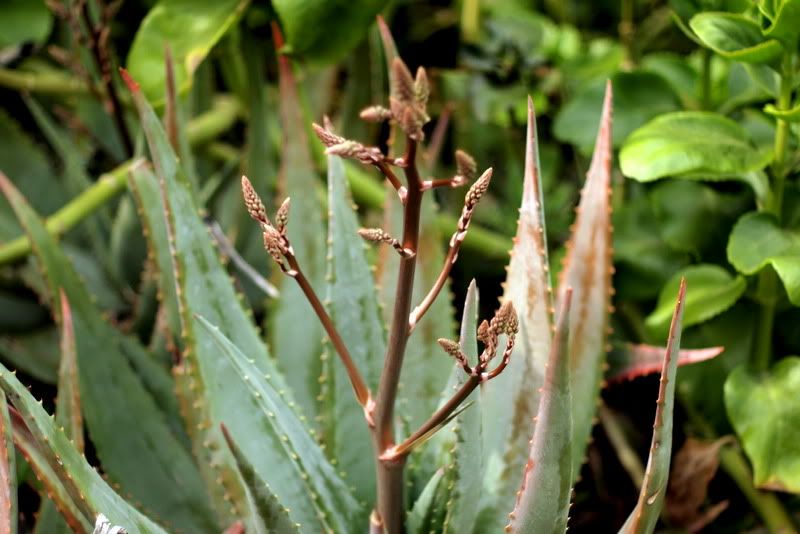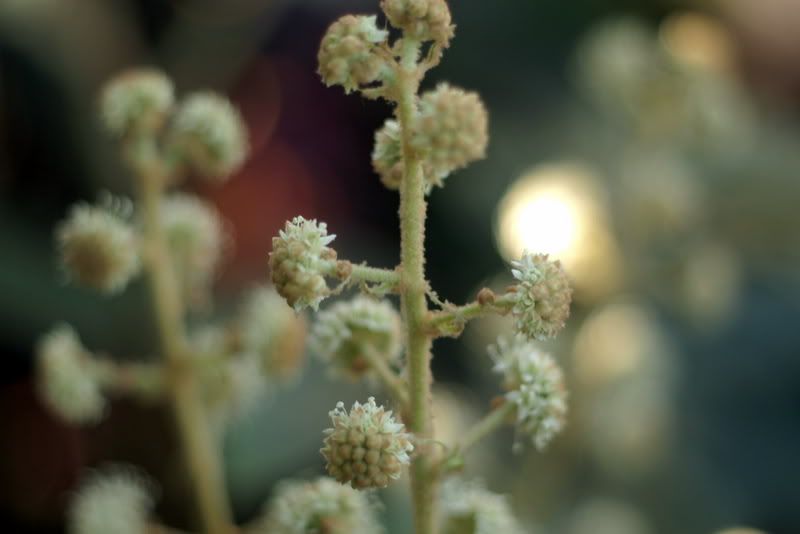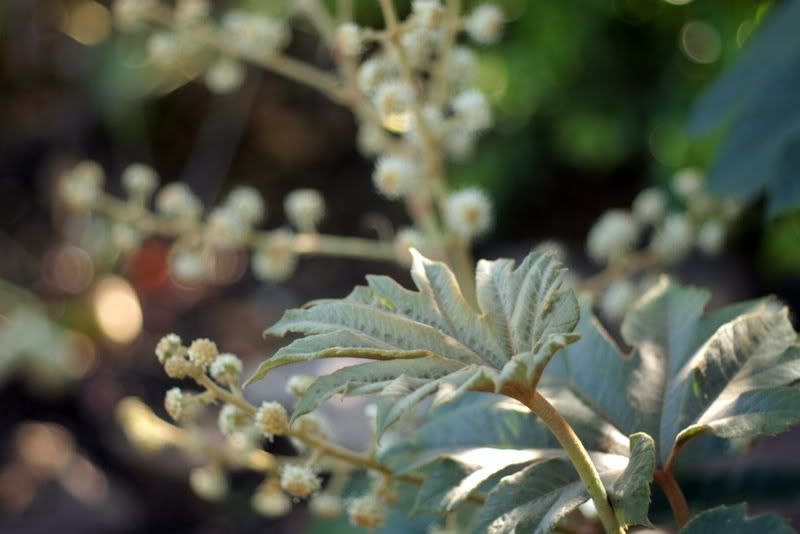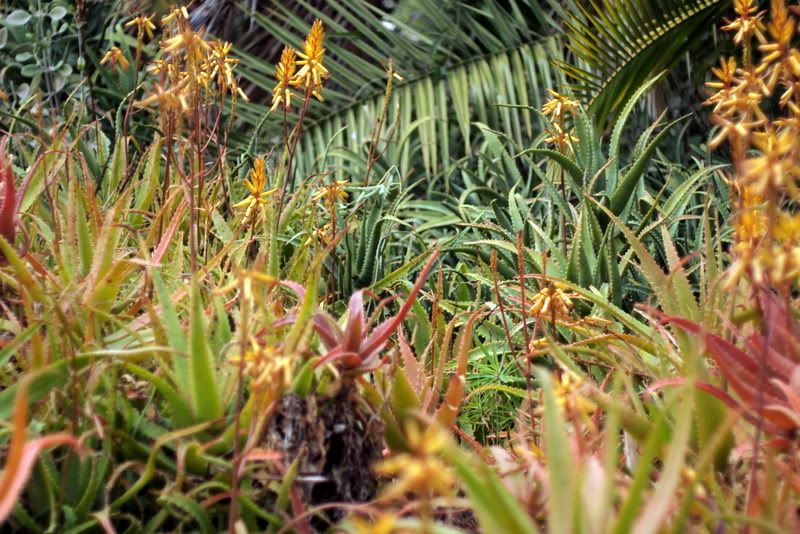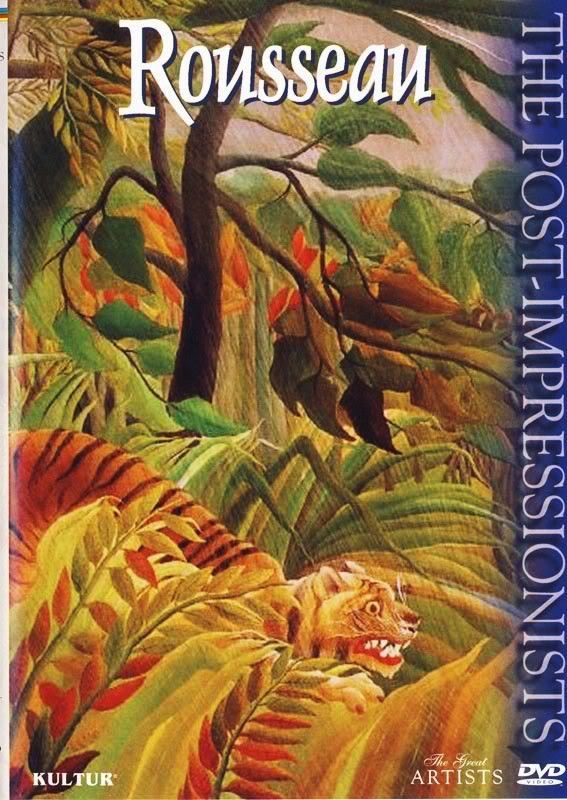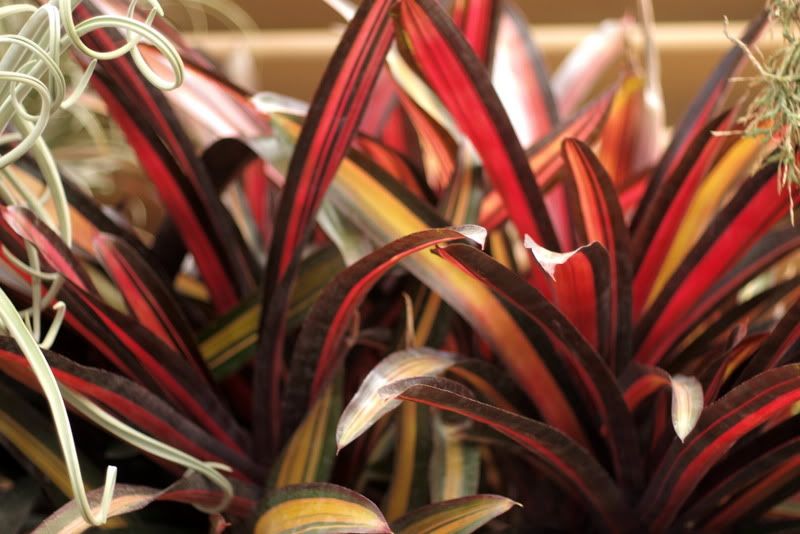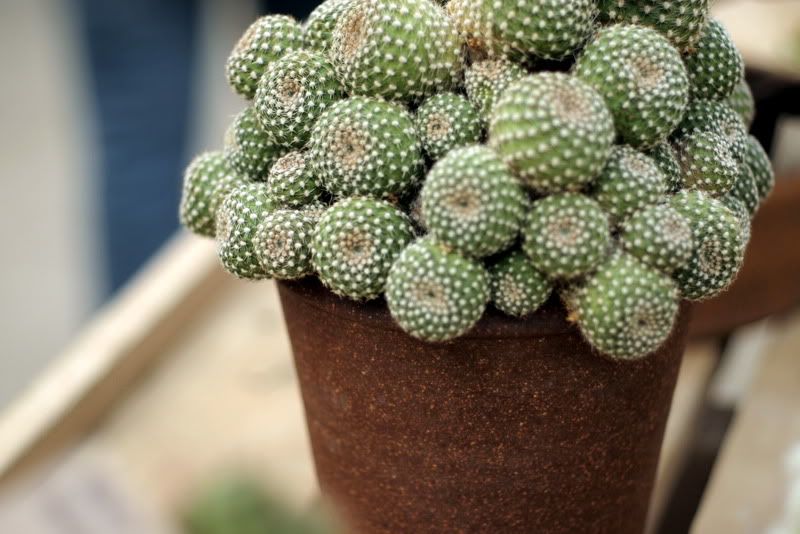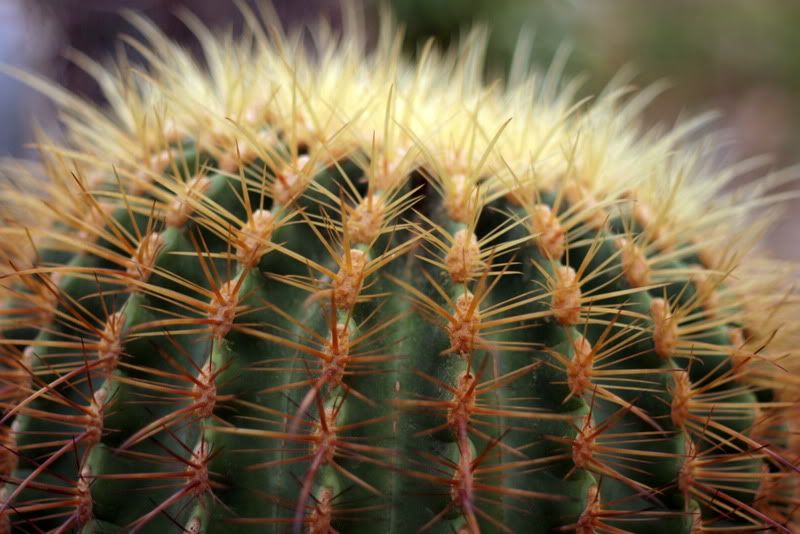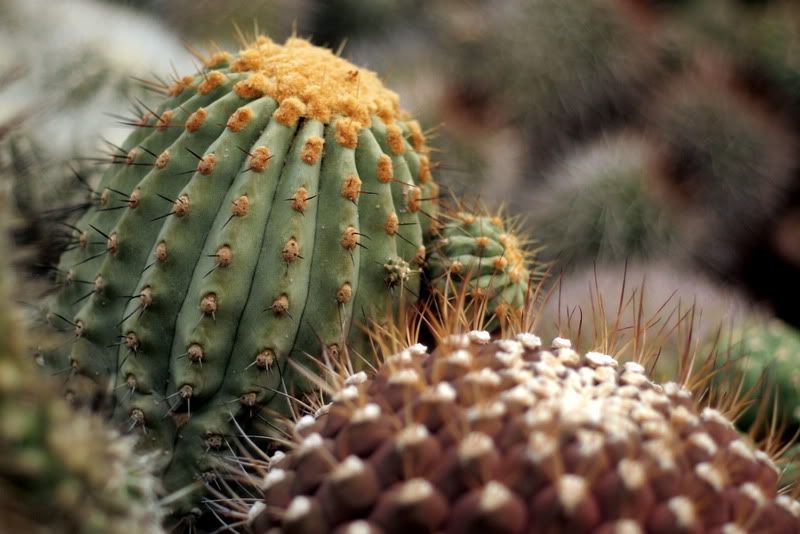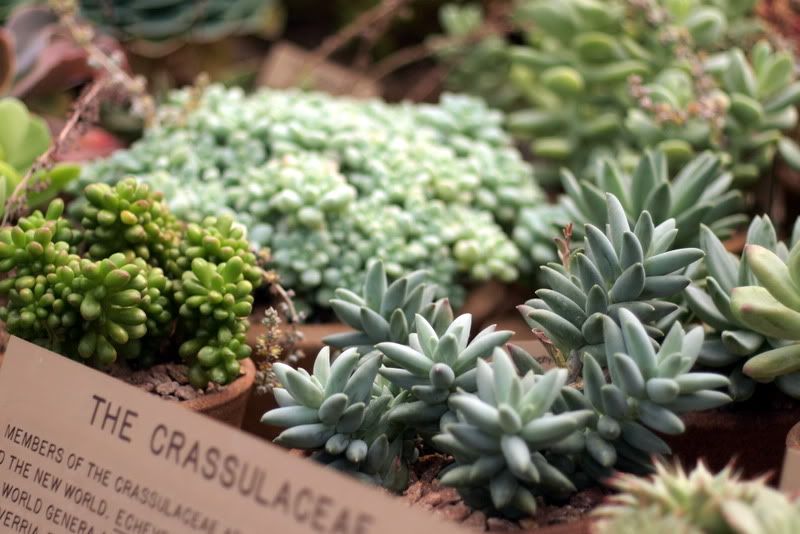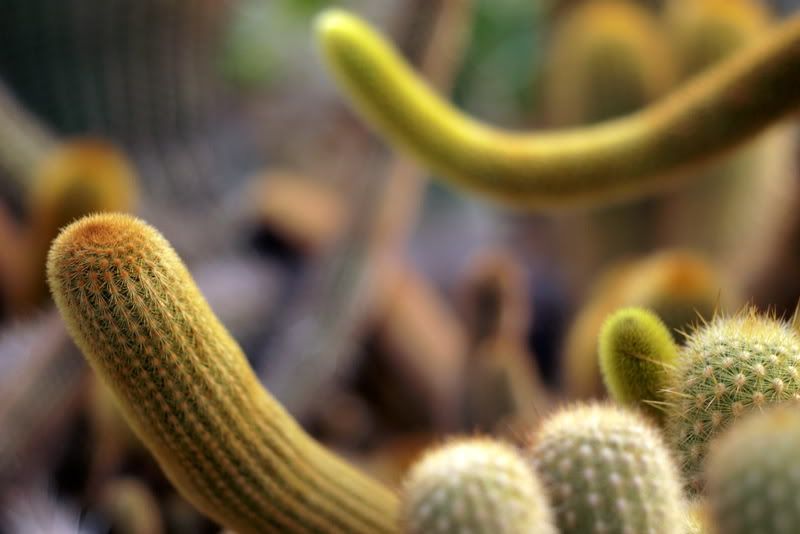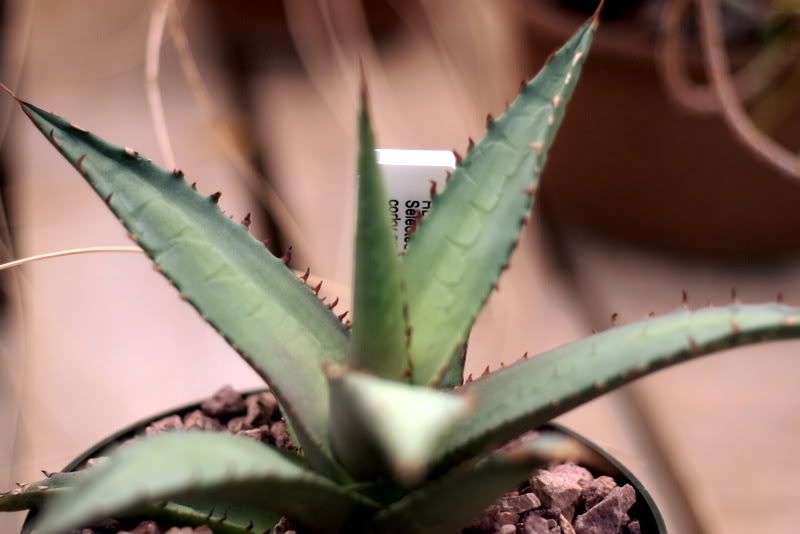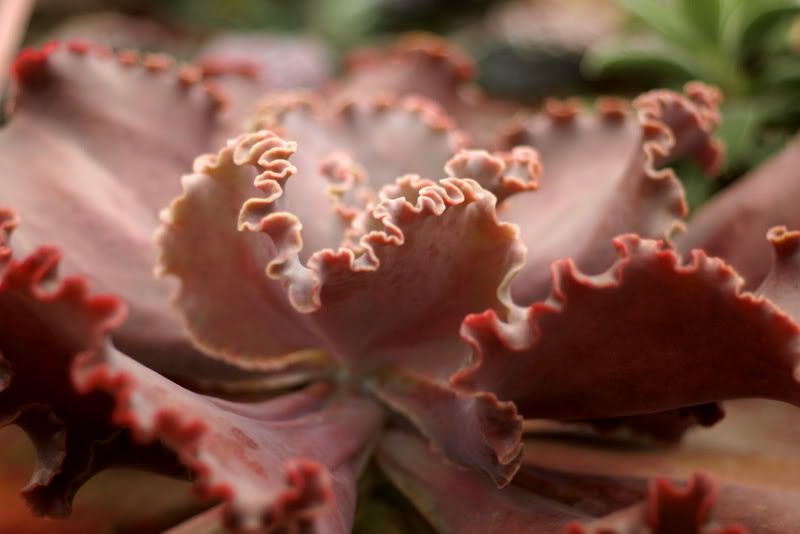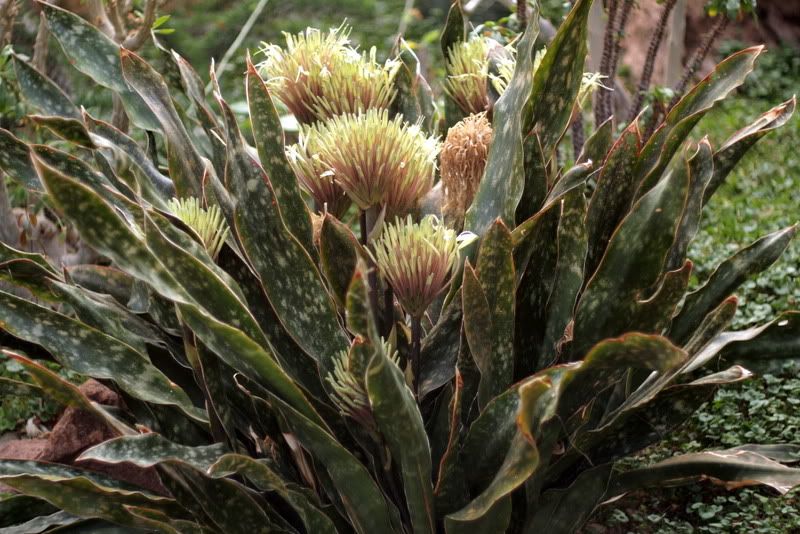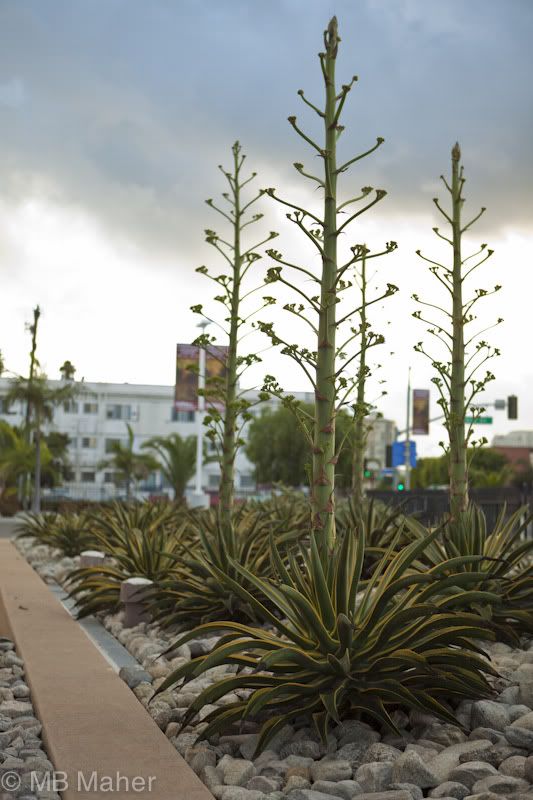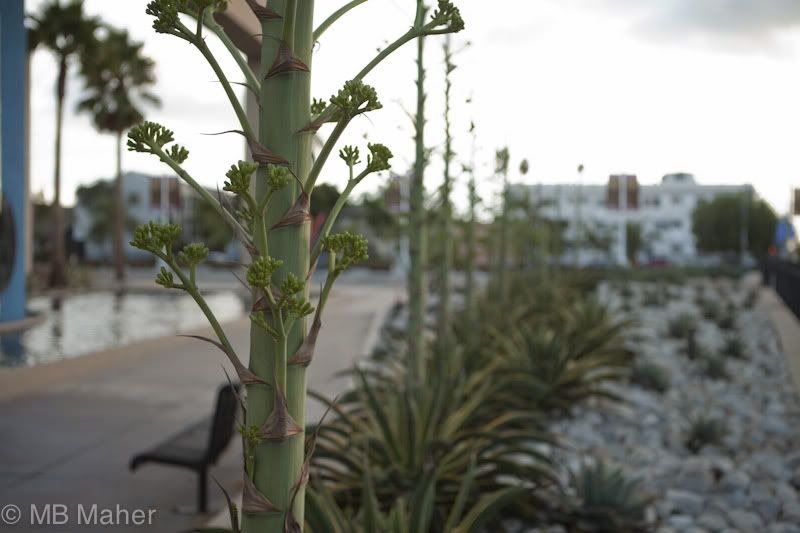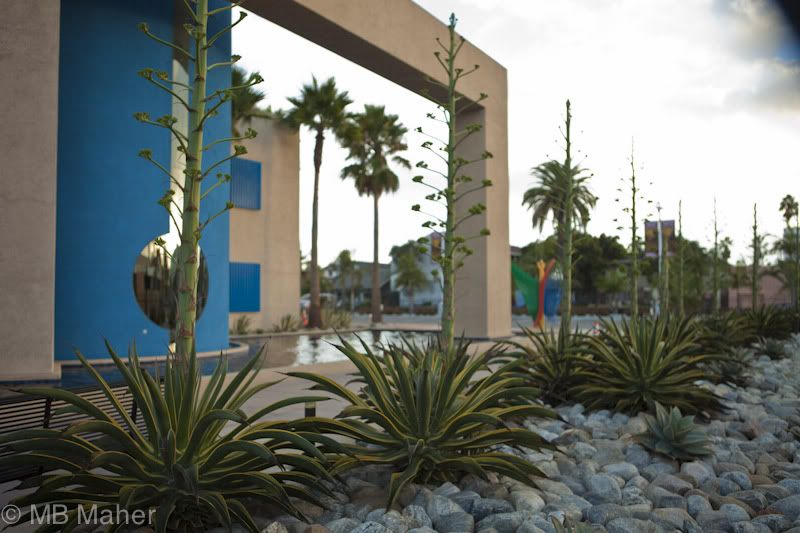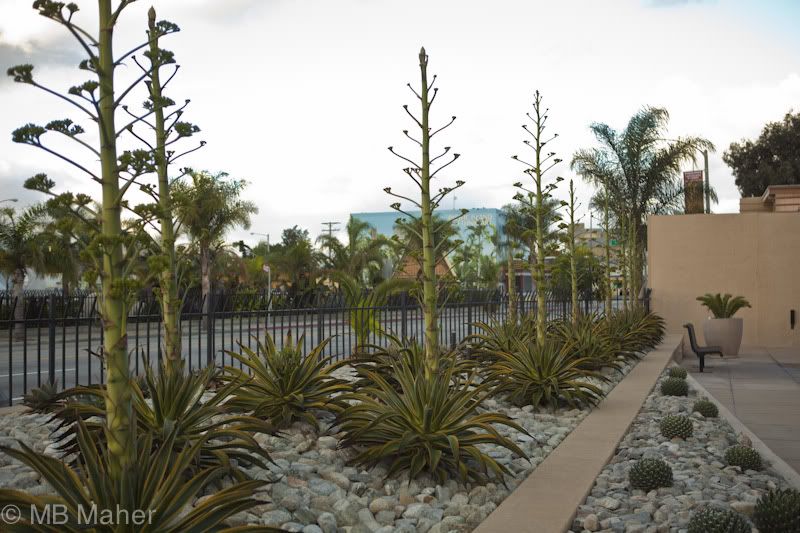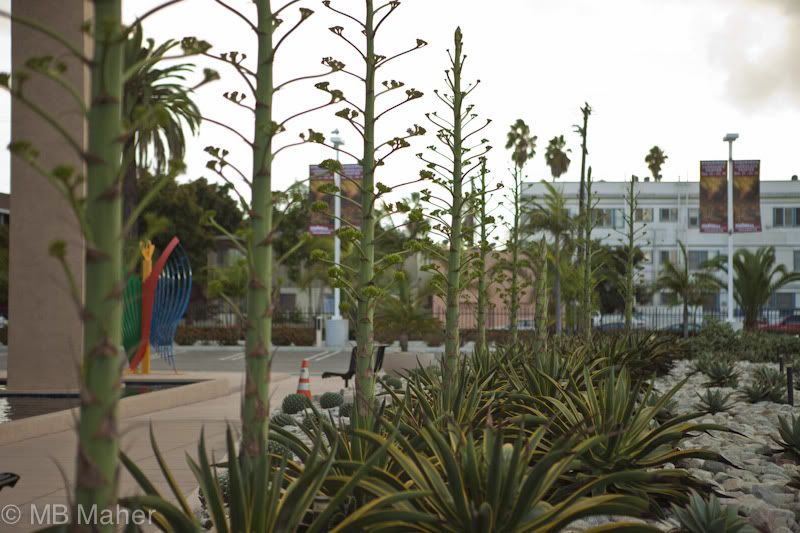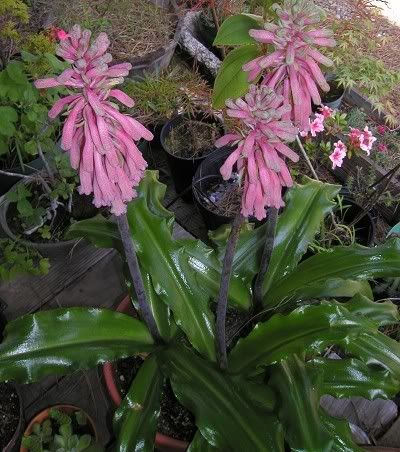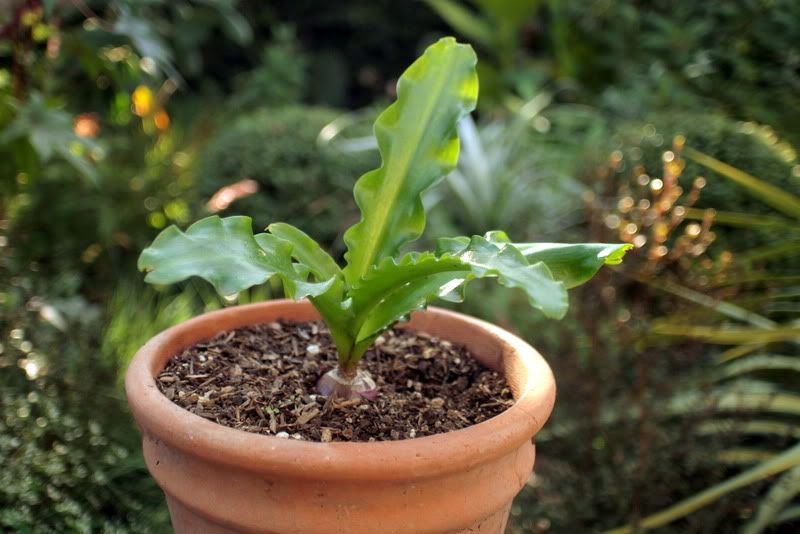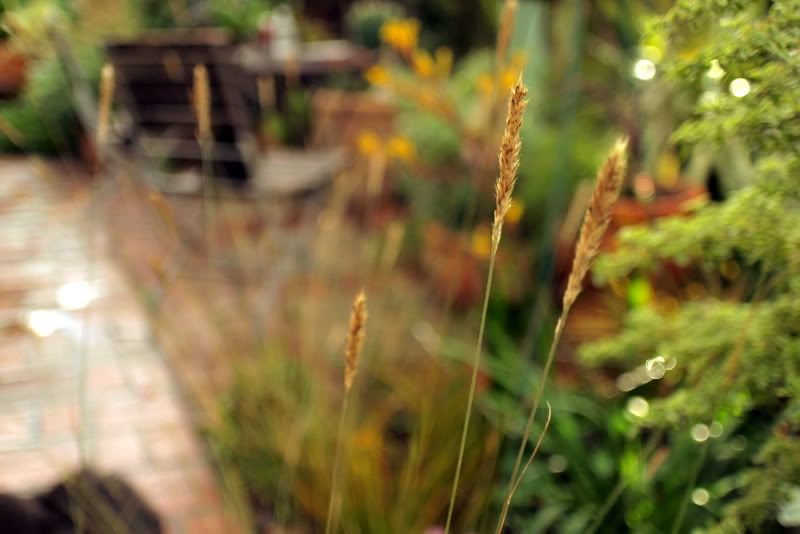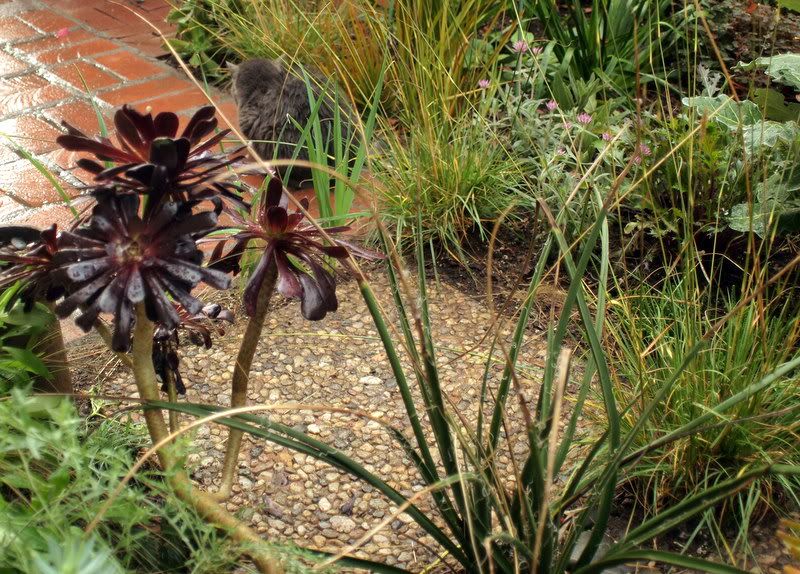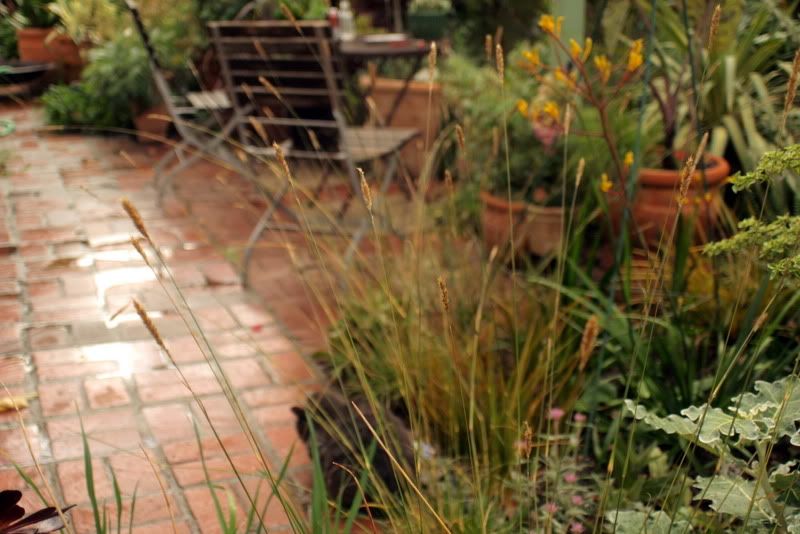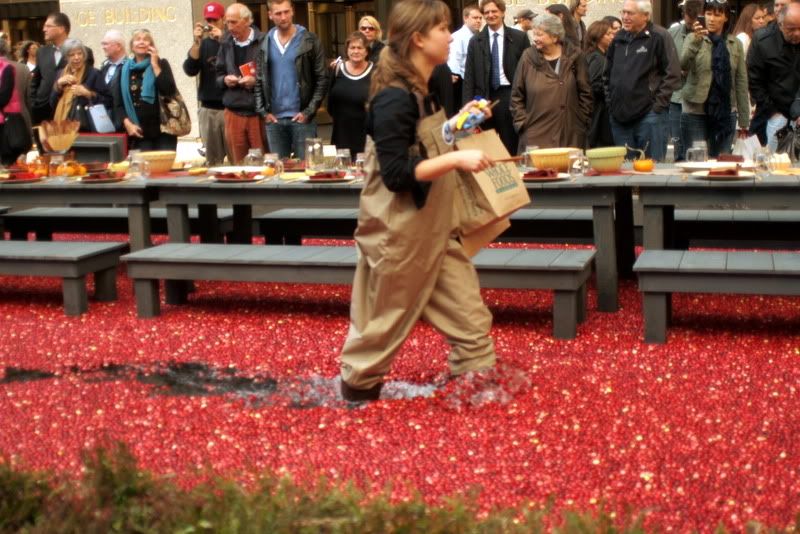Wandering a botanical garden such as the Huntington, one cannot but give thanks to rich industrialists for their interest in botany, whatever their sins. We can only hope the likes of Mark Zuckerberg, Bill Gates, or George Soros will follow in their footsteps.
Thanks to Henry Huntington, I finally made the proper acquaintance of this tree, Taxodium mucronatum, the Montezuma Cypress. I snapped the photo last Saturday as an afterthought, mainly to remember its placement next to the Temple of Love.
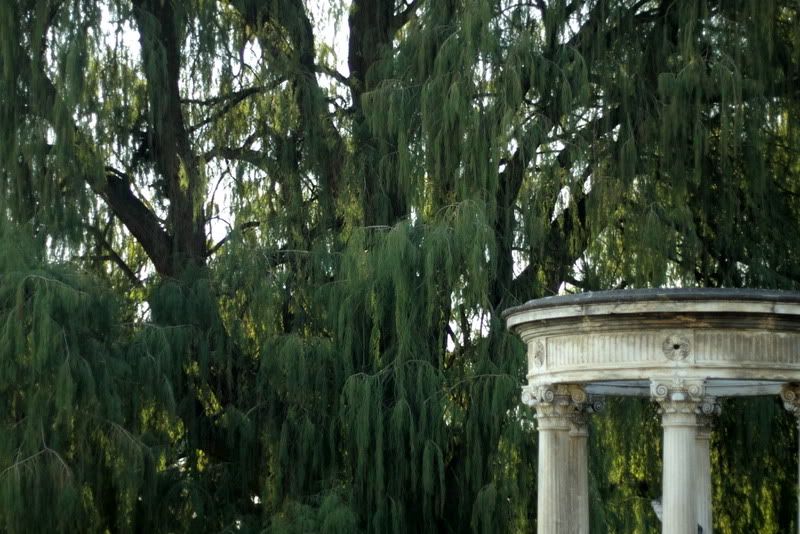
I’ve never found a name tag for this giant, a tree I’ve walked by at the garden many times, and Saturday I overheard the familiar murmuring by those sitting near it or walking its enormous perimeter: “What is it? Do you know its name?” I can and do walk by many trees destined to forever remain anonymous, but any tree that can induce a physical reaction similar to being punched in the stomach deserves to have its name acknowledged. Maybe I’d bump into a docent later on in the day.
For me botanical gardens are increasingly a setting to see trees allowed to unfurl in height and width to their full potential. When such conditions are granted, trees present a face that is both familiar and other. If street trees are tabbies, botanical gardens house the tigers of the arboreal world. This cypress hadn’t been limbed up at all, branches sweeping down to the lawn, ferny dissected leaves within strokable reach.
The Huntington’s excellent bookstore would probably offer a clue, but we didn’t stop there this time, and I never found a docent to ask. And I was sure a quick search on the Internet would quickly churn up a name. This magnificent specimen had to be world famous.
My first guess was metasequoia, but never having met one before I needed confirmation. I started search strings like “metasequoia near Temple of Love.” Nothing. And the images for metasequoia just didn’t fit. “Giant tree Huntington Botanical Temple of Love.” Endless search string variations were tried, all dead ends. I’ve become spoiled, accustomed to having any fact at my keyboard, and being stymied was an exasperating surprise. I did learn that the Temple of Love is of French origin (18th century, Louis XVI period, attributed to Louis Simon Boizot, purchase price $7,824), that Huntington’s railroad fortune included establishing Los Angeles’ first public transportation system, the Red Car, which my great-aunts have such fond memories of, dismantled after WWII to make way for automobiles and freeways (See Who Framed Roger Rabbit?), but no identity for the tree. It was unthinkable that such a patrician of a tree would go nameless.
My head cold made me pretty much unfit for anything else, so I kept up with the search off and on all day yesterday until the name Taxodium mucronatum surfaced, mentioned in a description of the rose garden, which is just adjacent to this tree and the temple. A quick image search confirmed that this might be the answer. Coincidentally, I’d been enjoying reading about the native bald cypress, Taxodium distichum, on southern blogs like Pam’s Digging. I know the Huntington has lost mature oaks to excess irrigation, but this moisture-loving tree must be having no difficulty with the irrigation required for the lawn and nearby rose garden.
It is the girth of the Montezuma cypress that is most remarkable. Many trees easily surpass it in height. From The Ancient Giant of Oaxaca: “The Mexican bald cypress is a member of the Taxodiacea, the family of giant sequoias, California redwoods, and bald cypresses, which, excluding tropical species, has the greatest potential of all tree families for achieving both great age and enormous size.”
I love what the authors write under “Our First Encounter”: “Having seen giant sequoias and redwoods…we were accustomed to the drama of large specimens. However, when engulfed by [its] spreading arms…we experienced a totally different degree of awe, not comparable to anything we had previously encountered. While the big trees of California are majestic, like the skyscrapers of downtown New York they are out of reach. [Here] is an accessible ‘seated giant,’ welcoming us with broad, sweeping branches.”
Without finding a name, I would never have learned that another Taxodium mucronatum, the legendary Cypress-of-Tule known as ‘El Gigante,’ grows in the churchyard of Santa Maria del Tule in the village of Tule, Oaxaca, Mexico, and is estimated to be between 1,500 and 2,000 years of age, considered to be among the oldest and most massive of all living things.
If anyone can verify whether the ID of this tree at the Huntington depicted in the above photo is either correct or incorrect, I’d love to hear from you.
(Epilogue: I called the Huntington this morning and had verification from a botanist in less than a minute. Montezuma Cypress it is.)
